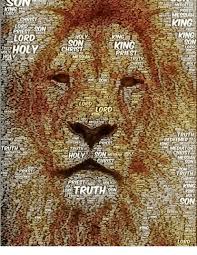The Introduction of King Messiah

Because of the unique nature of the gospels one must do two things when interpreting or reading the gospels, you need to think horizontally and also think vertically. To think horizontally means that when reading or studying different files in the Life of Christ, one should be aware of the different parallel accounts in the other gospels. To be sure, this point must not be overdrawn, since none of the evangelists intended his Good News to be read in parallel with the others. Nonetheless, the fact that ADONAI has provided four gospel accounts in the canon of Scripture means that they cannot legitimately be read in total isolation from one another. I have made this easy for you to do because I have already harmonized the four gospels into one Life of Christ narrative.
It is interesting to note the material particular to each gospel. Using a percentage basis B. F. Westcott, in his book An Introduction to the Study of the Gospels, tabulated the similarities and differences of the four gospels:
Gospel Differences Similarities
Mark there is only 7% that is different, but 93% of Mark is found in the other gospels
Matthew there is 42% that is different, but 58% of Matthew is found in the other gospels
Luke there is 59% that is different and 41% is found in the other gospel accounts
John there is 92% that is different than the other gospels, and 8% that is the same
Therefore, it seems that Matthew and Luke received most of their information from Mark; and that John represents a clearly independent story. It’s as if John, under the inspiration of the Ruach Ha’Kodesh, merely filled in the details that the other accounts didn’t mention or develop as fully as they could have.
To think vertically means that when reading or studying a narrative or teaching in the gospels, one should try to be aware of both historical contexts, that of Yeshua, and that of the evangelist (to see link click Ac – The Introduction to The Life of Christ: Introduction to the Individual Gospels).32 We need to be aware that many of the gospel stories were written from the point of view of the first-century evangelist, and that we may need to consider the text in its original historical context before we can apply it to our lives today. For example, we cannot understand Messiah’s adversarial relationship with the Jewish religious leaders in Judea in His day unless we understand the Oral Law (see Ei – The Oral Law).


